Question:1
How is it possible to reduce the centrifugal force applied to the vehicle whilst driving?
Category : Safety
Question:2
What characterizes a state of driving in which proper distance from the vehicle in front is kept?
Category : Safety
Question:3
What is the driver of the silver vehicle required to do according to the following picture?
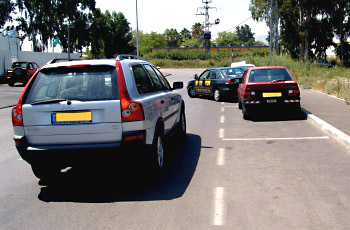
Category : Safety
Question:4
When a driver approaches a narrow bridge, he should:
Category : Safety
Question:5
When are we required to keep a more-than-customary distance from the vehicle driving in front of us?
Category : Safety
Question:6
A driver approaches a pedestrian crossing marked on the road.Although ther are no pedestrians on the crossing. The driver should,
Category : Safety
Question:7
What problem faces a vehicle driver who is driving at a high speed?
Category : Safety
Question:8
How is a driver required to adjust the vehicle’s head rest?
Category : Safety
Question:9
When you apply the brake pedal during an emergency braking:
Category : Safety
Question:10
The traffic light in your direction of driving is green. To what are you required to pay attention when approaching it?
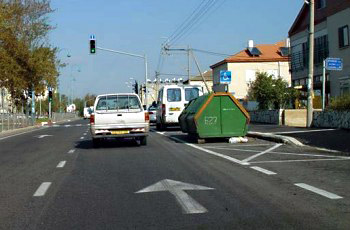
Category : Safety
Question:11
What are you always obliged to do while driving in reverse?
Category : Safety
Question:12
While braking and slowing down, what force of nature is applied on the vehicle?
Category : Safety
Question:13
What are the risks of driving continuously for many hours?
Category : Safety
Question:14
How would you conduct yourself in the following situation?
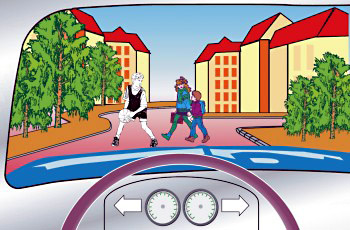
Category : Safety
Question:15
“Drinking alcohol has a negative effect on the driver’s ability to react”: Correct or incorrect?
Category : Safety
Question:16
What are the dangers of driving continuously for many hours?
Category : Safety
Question:17
How does pedestrian behavior in the area of the intersection affect drivers?
Category : Safety
Question:18
When is it required to operate the parking (hand) brake whilst parking?
Category : Safety
Question:19
How is the required distance for overtaking determined?
Category : Safety
Question:20
Driving down a long steep hill on a n Inter-urban road
Category : Safety
Question:21
Which vehicles must be equipped with a fire extinguisher?
Category : Safety
Question:22
What is the correct way for pulling onto a “hard shoulder” which is lower than the road?
Category : Safety
Question:23
What is the advantage of driving on the right side of the road?
Category : Safety
Question:24
In your opinion, why was a continuous line marked on the roadway?
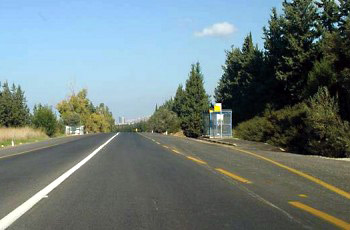
Category : Safety
Question:25
The risk of skidding on a wet road is greater:
Category : Safety
Question:26
What is the risk in braking while being forced to pull onto the “hard shoulder”?
Category : Safety
Question:27
While turning, what natural force pushes the vehicle against the direction of the turn?
Category : Safety
Question:28
The danger of skidding on a wet road is greater:
Category : Safety
Question:29
What are the characteristics of a mountain road?
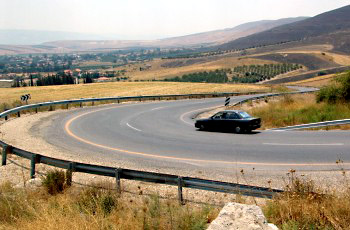
Category : Safety
Question:30
The silver vehicle (1) exits from parking while driving in reverse. What would be your reaction?
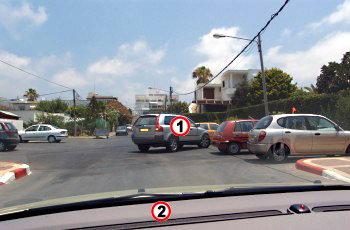
Category : Safety

